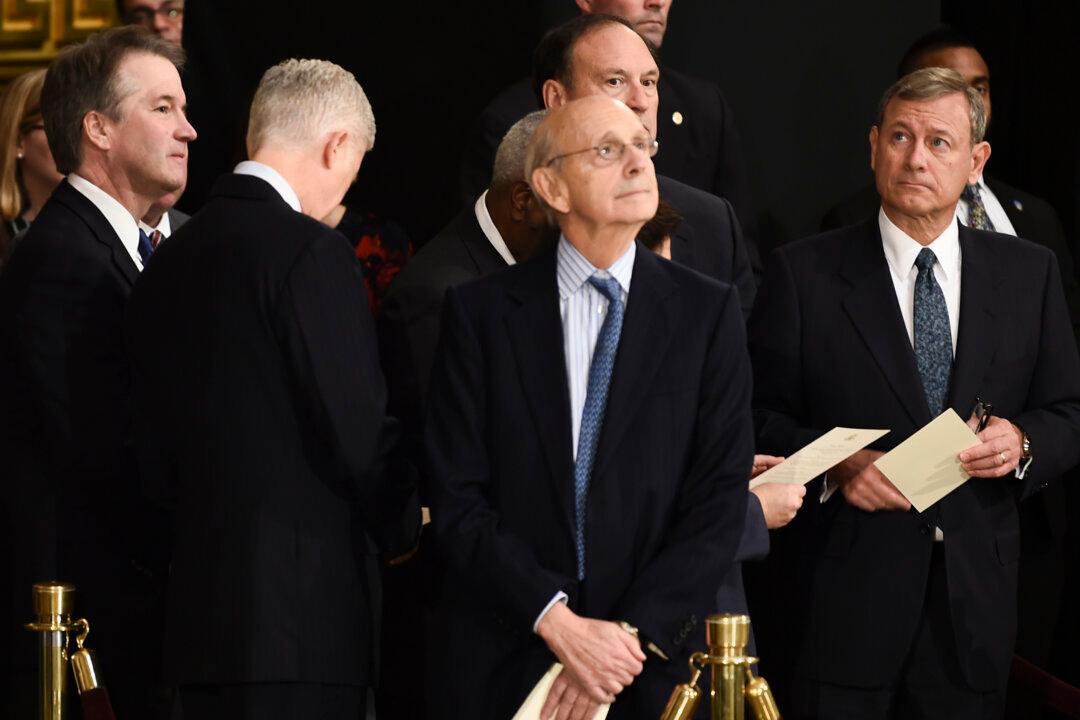Commentary
Associate Justice of the Supreme Court Stephen Breyer wrote a dissenting opinion in mid-May, expressing his displeasure that a majority of his colleagues on the court overturned a four-decades-old precedent.


Associate Justice of the Supreme Court Stephen Breyer wrote a dissenting opinion in mid-May, expressing his displeasure that a majority of his colleagues on the court overturned a four-decades-old precedent.